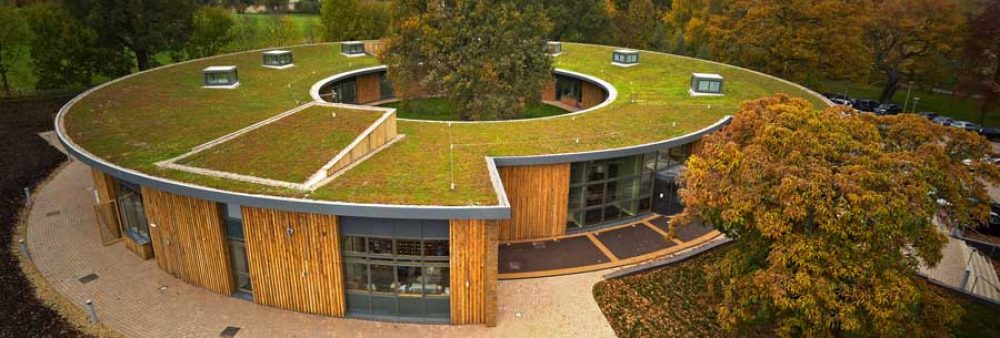The drainage layer helps in removing the extra moisture from the substrate, safeguards the waterproof membrane, and improves the green roof’s thermal capabilities. The two primary drainage layer types that are frequently utilized in green roof systems are drainage granular materials and drainage modular panels (Vijayaraghavan, 2016). The selection of the drainage layer in the green roof usually depends on the scale of the green roof, construction requirements, and the cost. Drainage granular materials usually include lightweight expanded clay aggregates, crushed brick, and coarse gravel, and it is normally regarded as the most basic drainage system for the green roof which is mostly used for small-scale establishments. The disadvantage accompanied with the drainage granular material is that it can only be applied to a rather flat roof with slope less than 5°, and there will also be limitations on the installation and workmanship (Pérez et al., 2012). On the other hand, drainage modular panels are built of high strength plastic (polyethylene or polystyrene) with compartments to hold water while permitting the outflow of excess water. This type of drainage layer is excellent for surfaces with a moderate slope and is typically employed in large-scale establishments, although it has drawbacks in terms of cost and disposal.
Reference
Vijayaraghavan, K. (2016). Green roofs: A critical review on the role of components, benefits, limitations and trends. Renewable and Sustainable Energy Reviews, 57, 740–752. https://doi.org/10.1016/j.rser.2015.12.119
Pérez, G., Coma, J., Solé, C., Castell, A., & Cabeza, L. F. (2012). Green roofs as passive system for energy savings when using rubber crumbs as drainage layer. Energy Procedia, 30, 452–460.
